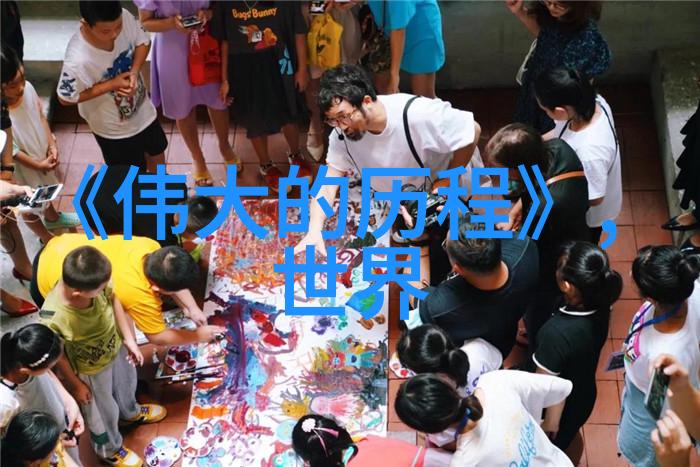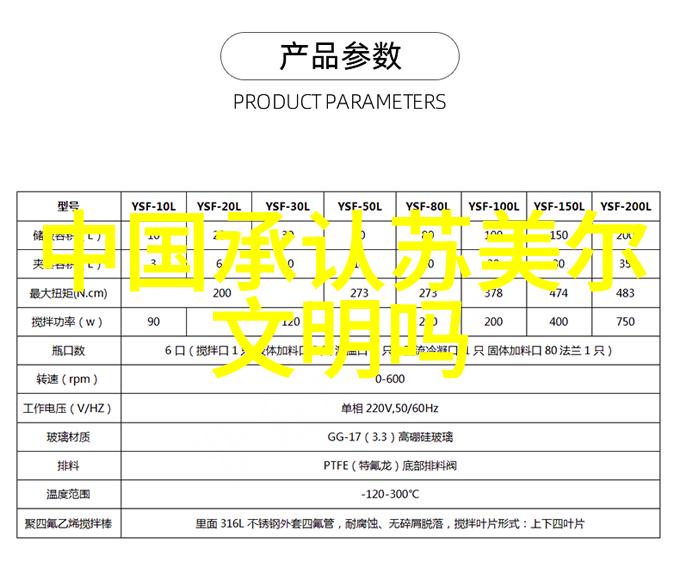The Founding of the Ming Dynasty

The Ming dynasty was founded by Zhu Yuanzhang, a former Buddhist monk who rose to power during the collapse of the Mongol-led Yuan dynasty in 1368. Born into a peasant family, Zhu's early life was marked by hardship and tragedy, including the death of his parents and younger brother due to poverty and famine. He eventually joined the White Lotus Society, a secret society that aimed to overthrow the Mongol rulers.
Economic Prosperity and Cultural Advancements

Under Emperor Hongwu's rule, China experienced a period of economic prosperity and cultural advancements. The government implemented policies such as land reform, which redistributed land from large estates to small farmers and encouraged agriculture production. This led to an increase in food production and reduced poverty rates.
The Grand Canal Restoration Project

One notable achievement during this era was the restoration project for China's Grand Canal system under Emperor Yongle's rule (1402-1424). The canal connected Beijing with southern provinces like Nanjing and Shanghai, promoting trade between different regions while boosting local economies.
Ming Maritime Expeditions: A Golden Age for Chinese Navigation

Emperor Yongle also sponsored several maritime expeditions led by Admiral Zheng He between 1405-1433 that expanded China's influence throughout Southeast Asia, India, Africa, Middle East countries as well as Australia through their voyages on junks called treasure ships.
Decline & Fall: Factors Contributing to Ming Dynasty Collapse

Despite its achievements during this period of time known as "the golden age" or "treasure fleet era," factors such as corruption within government ranks coupled with natural disasters like famines along with wars against foreign invasions weakened imperial authority over time leading up to its eventual fall at hands of Manchu-led Qing forces in 1644 when it ended after nearly three centuries' reign over China following dynastical changes that occurred throughout history since then until today – all these historical events are intertwined together forming our understanding about what we call now history!




